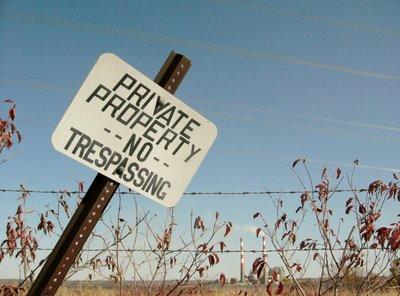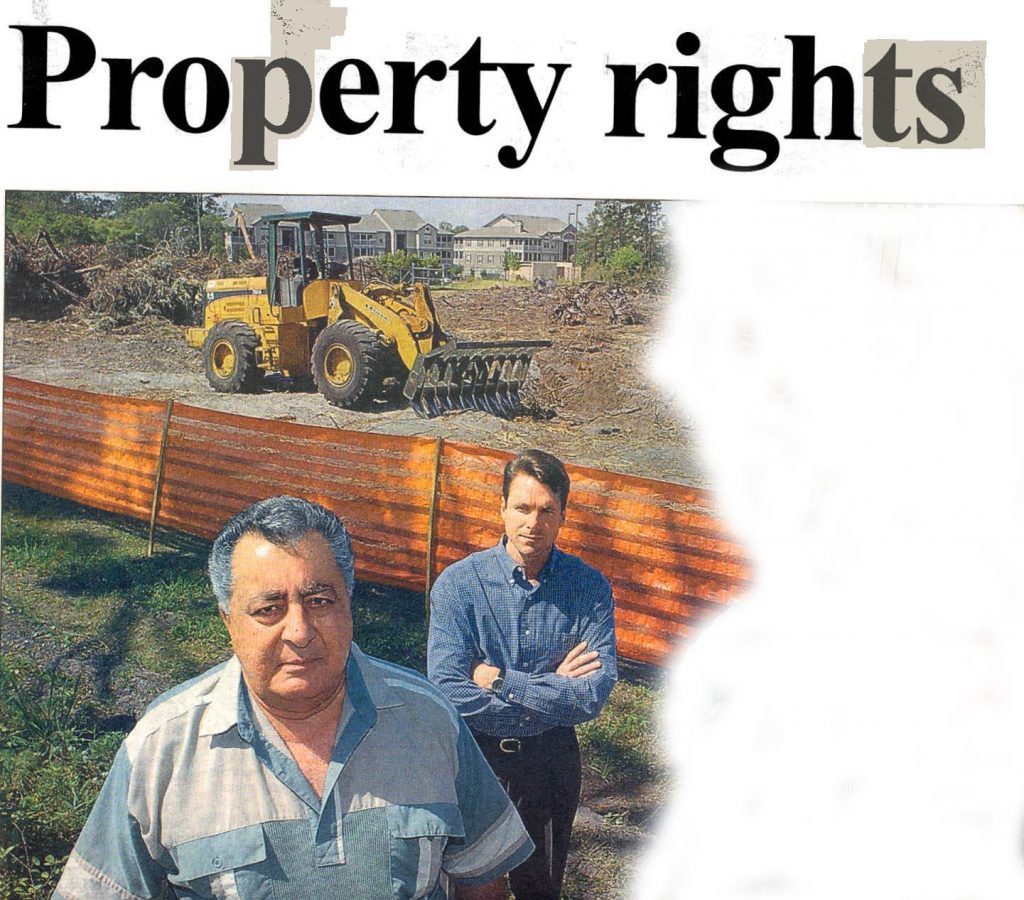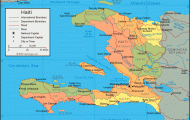The concepts of property and property rights in colonial America reflected common law patterns established in England. Property was categorized as
either real property or personal property. Simply put, real property was land, but it also included anything growing on, attached to, or erected on the land
that could not easily be removed without causing injury to the land. All other property was considered personalty, or personal property. Of the two
categories of property, real property was given more economic and legal significance.
In 1290, England’s Statute Emptores established the principle in common law that land should be freely alienable, allowing it to be transferred or conveyed
from one person to another. This statute, along with subsequent legislation, was based on four separate theories: (1) land should be available for its
highest and best use; (2) land owners should be able to sell property, utilizing the profits acquired therefrom; (3) land owners should be encouraged to
make improvements to the land, but they will not do so if there is no opportunity to sell the property later for a profit; and (4) creditors should be able to
reach the property interests of debtors who are in default.
There were three recognized restraints on alienation in common law: disabling restraints, forfeiture restraints, and promissory restraints. A disabling
restraint prevented a person from receiving property, a grantee, from transferring his interest in that land to another. Any attempts to do so would be
considered null and void. If land were subject to a forfeiture restraint, any attempt to transfer or convey the land would result in the land being forfeited by
the present owner in favor of a previously appointed recipient. Additionally, a grantee could willingly enter into a promissory restraint in which he would
promise not to transfer his interest in land.
Settlers in colonial America often placed additional restraints on the use and ownership of property. Landownership, when associated with community
membership, required owners to utilize their land in a manner consistent with communal views of appropriate land use. In such cases, landowners ran the
risk of losing the right to their property if they did not use the land in a manner deemed appropriate by the community in which they lived.
In many New England towns, for instance, individuals owning parcels of land within the town limits were required to erect structures on them on penalty of
losing the land. Several colonies insisted that owners of land suitable for waterwheel sites build mills or risk losing the land to someone who was willing to
construct a mill for the public good.
















